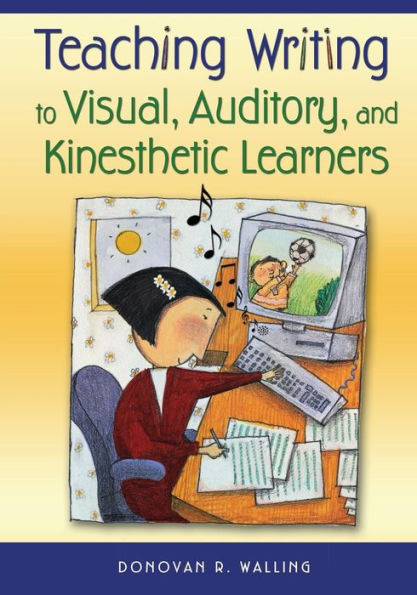
Teaching Writing to Visual, Auditory, and Kinesthetic Learners
136
Teaching Writing to Visual, Auditory, and Kinesthetic Learners
136Paperback
-
PICK UP IN STORECheck Availability at Nearby Stores
Available within 2 business hours
Related collections and offers
Overview

Product Details
| ISBN-13: | 9781412925204 |
|---|---|
| Publisher: | SAGE Publications |
| Publication date: | 02/17/2006 |
| Pages: | 136 |
| Product dimensions: | 7.00(w) x 10.00(h) x (d) |
About the Author
Walling is the author or editor of more than a dozen professional books for educators and numerous articles and other publications. He is nationally recognized in the field of art education, where some of his publications include Under Construction: The Role of the Arts and Humanities in Postmodern Schooling (Phi Delta Kappa Educational Foundation, 1997); the Corwin Press books, Rethinking How Art Is Taught: A Critical Convergence (2000) and Visual Knowing: Connecting Art and Ideas Across the Curriculum (2005); the core chapter on visual and performing arts for the Association for Supervision and Curriculum Development’s Curriculum Handbook (2002), and the “Art in the Schools” entry for Macmillan’s Encyclopedia of Education (2003).
Walling’s recent books include Public Education, Democracy, and the Common Good (Phi Delta Kappa Educational Foundation, 2004) and Teaching Writing to Visual, Auditory, and Kinesthetic Learners (Corwin Press, 2006).
